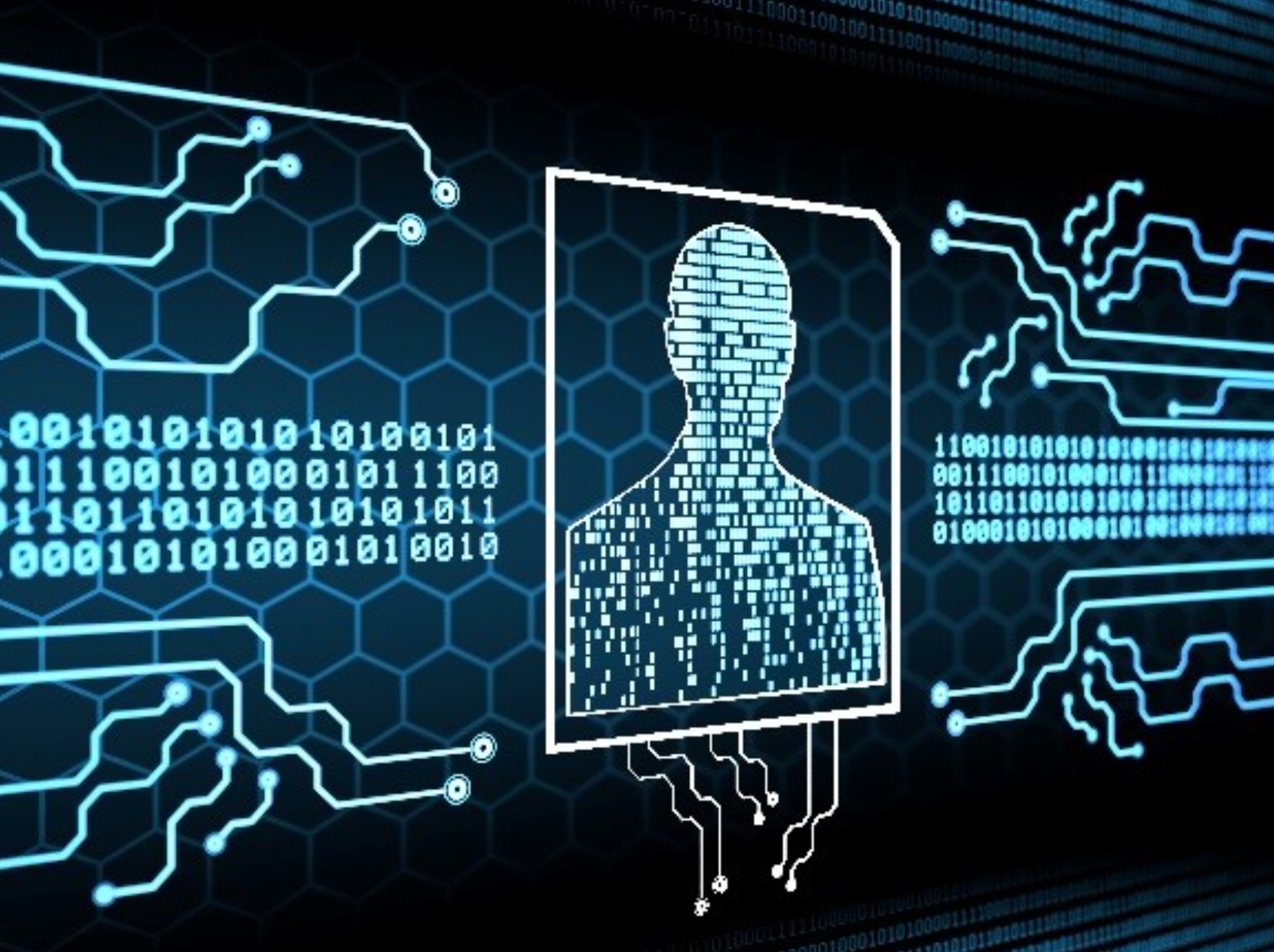For decades after the advent of the internet, digital identity was a simple case of logging in to forums and early social media websites with a username and a password. As a result, there wasn’t a tremendous amount of information to protect, and nor was there a large threat ecosystem of criminal actors looking to exploit valuable and vulnerable data. Of course, that has now all changed: digital identity is big business for both cybersecurity firms and the cybercriminals who seek to steal aspects of our digital identity. But identity is overall becoming more secure, with smart tech developed to keep us safe online. Here’s how it works.
Password Managers
One of the smartest innovations in recent years to help individuals protect their digital identities has been the password manager. This neat solution to the vast array of profiles you maintain across the internet helps you store all of your different passwords in one place – usually an app add-on to your favorite browser. Then you’re simply able to key in one central password that will help you access any and all of your passwords across the internet.
A password manager ultimately helps you set different passwords across a range of websites, making it more difficult to hack if one of your passwords is discovered. But it’s also a neat way to gather all the strands of your digital identity into one central place.
Verification Technology
As the internet changes, new technology is required to keep people safe and to underpin some of the more complex corners of the internet. One example of this technology comes in the form of verification, which helps consumers prove they are who they say they are online. Firms use this information to ensure they’re dealing with the correct individual and often vet or perform a due diligence check to ensure they’re eligible for the products and services they offer.
To help automate and secure these procedures, identity solutions firms are constantly creating smart, seamless ways for consumers to verify their identity online. These technologies underpin many of the exclusive services we currently enjoy on this internet, from quick video captures to automated identity card processing.
Anonymity
Finally, there’s a movement within digital identity circles that’s interested in ending online anonymity. You can understand why: the online abuse of celebrities and politicians has made headline news for years now, and many researchers and theorists are of the opinion that the anonymous nature of online browsing and interacting is the reason this bile has become so prevalent.
There are solutions to online anonymity, but they’re currently niche. Many of them seek to link your physical identity documents with a digital twin, which you can then use to log in as yourself to various websites and social media platforms. But as this technology develops, it’ll be incumbent on the largest websites and apps to accept this form of log-in to end online anonymity.
These key areas underpin online security in the present and will be set to do so in the future – ensuring we’re able to enjoy the benefits of the internet without experiencing the downsides.


